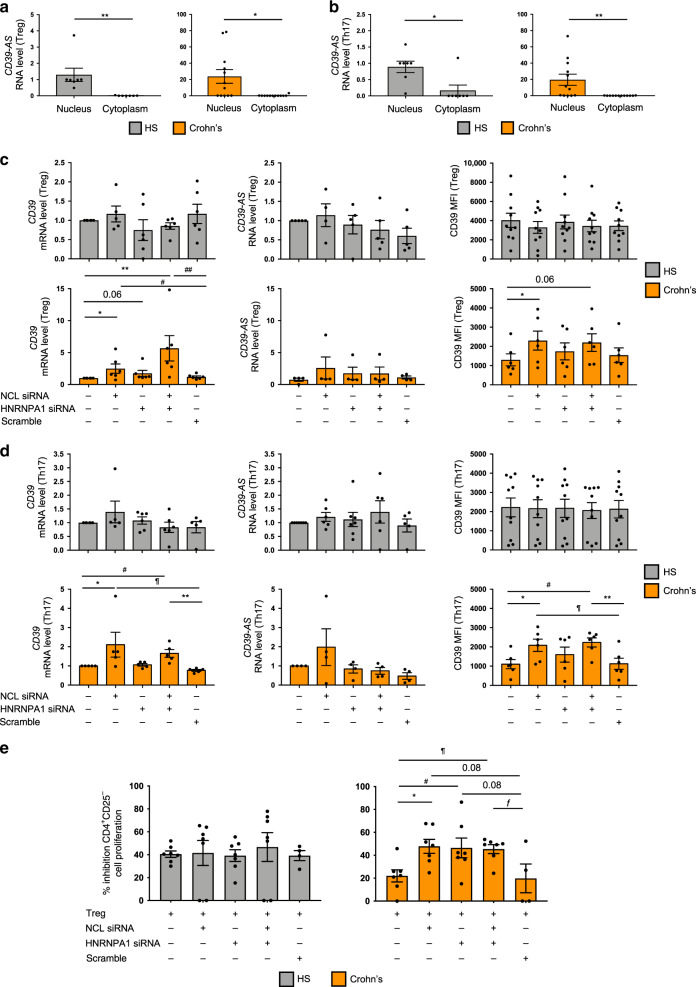Fig. 6. Silencing of NCL alone or in combination with HNRNPA1 boosts CD39 levels in Crohn’s derived Treg and Th17 cells.
Nuclear and cytoplasmic subcellular fractions were obtained from Treg and Th17 cells and tested for antisense expression. a, b Mean ± SEM CD39-AS RNA levels in Treg and Th17 cells from HS (n = 7) and Crohn’s disease patients (n = 12) (a **P = 0.008 for HS and *P = 0.01 for Crohn’s patients; b *P = 0.01 for HS and **P = 0.009 for Crohn’s patients using two-sided unpaired t test). Based on the results of mass spectrometry, Treg and Th17 cells, differentiated from the peripheral blood of healthy subjects and Crohn’s disease patients, were exposed to scramble or gene-specific siRNA. c, d Mean ± SEM CD39 and CD39-AS RNA levels and CD39 MFI in untreated and siRNA (or scramble) treated Treg and Th17 cells from healthy subjects (HS; Treg: CD39 mRNA n = 6; CD39-AS RNA n = 5; CD39 MFI n = 10; Th17: CD39 mRNA n = 6; CD39-AS RNA n = 7; CD39 MFI n = 10) and Crohn’s disease patients (Treg: CD39 mRNA n = 6; CD39-AS RNA n = 4; CD39 MFI n = 6; Th17: CD39 mRNA n = 5; CD39-AS RNA n = 4; CD39 MFI n = 6) (c *P = 0.038, **P = 0.002, #P = 0.04, ##P = 0.006 for CD39 mRNA and *P = 0.04 for CD39MFI; d *P = 0.049, **P = 0.0028, #P = 0.012, ¶P = 0.01 for CD39 mRNA and *P = 0.049, **P = 0.009, #P = 0.018, ¶P = 0.011 for CD39 MFI using one-way ANOVA followed by Tukey’s multiple comparisons test). Silencing of NCL, alone or in combination with HNRNPA1, resulted in increased CD39 mRNA levels and MFI in Treg and Th17 cells obtained from Crohn’s patients. e Mean ± SEM percentage inhibition of CD4+CD25− cell proliferation in the presence of untreated and siRNA (or scramble) treated Treg in HS (n = 7) and Crohn’s disease patients (n = 7) (*P = 0.029, #P = 0.032, ¶P = 0.014, and ƒP = 0.037 using one-way ANOVA followed by Tukey’s multiple comparisons test). Silencing of NCL, HNRNPA1, or both enhanced the suppressive function of Treg obtained from patients with Crohn’s disease.

